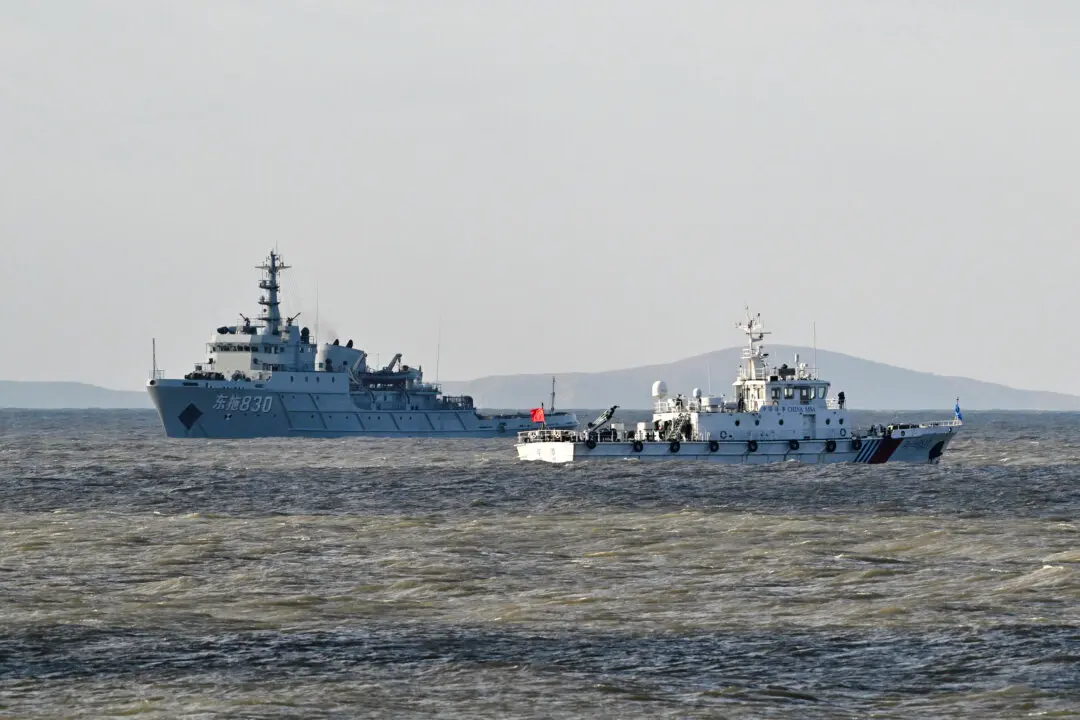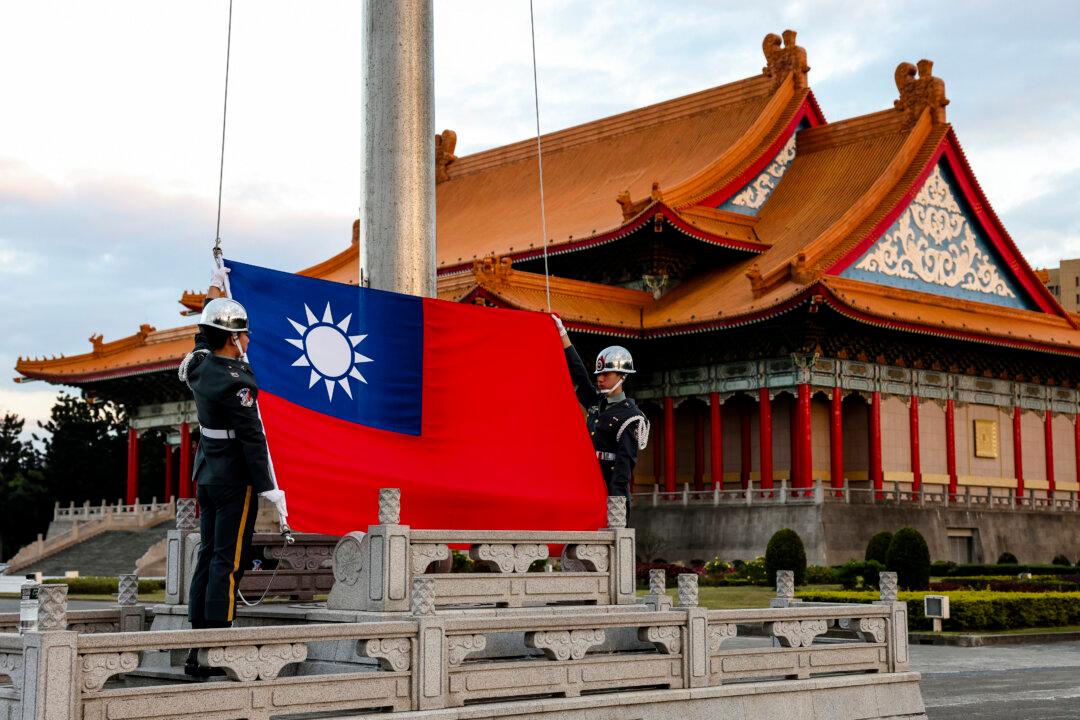U.S. President Donald Trump warned Beijing that any violent crackdown in Hong Kong on protesters would harm the ongoing trade talks between the two countries.
“I think it’d be very hard to deal if they [China] do violence, I mean, if it’s another Tiananmen Square,” Trump told reporters in New Jersey on Aug. 18. He added that he supported liberty and democracy in Hong Kong.





